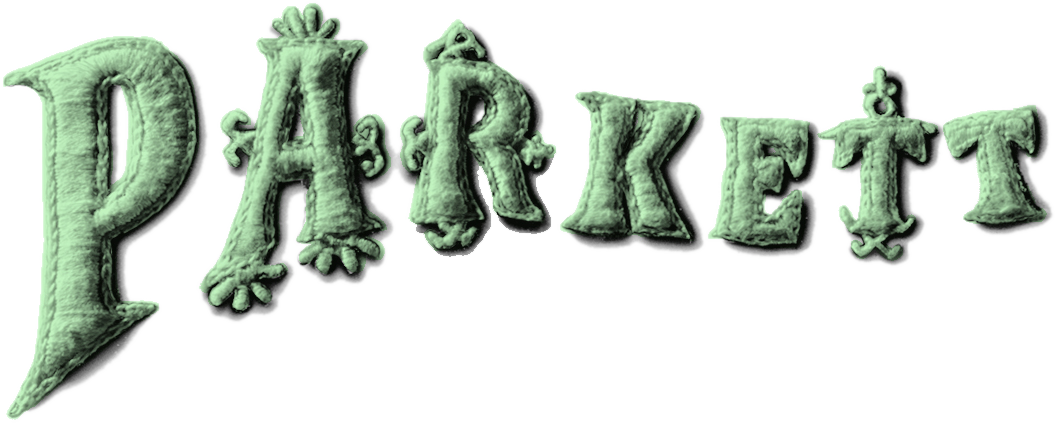Browse Selected Texts and more on the Collaboration Artists
Artist Insert
Editorial
The three idiosyncratic positions presented in this issue of Parkett share common ground: they all boldly frustrate and invert received notions of space. Francis Alys achieves these objectives quite simply by strolling through a metropolitan area like Mexico City. The way he does this, how he talks about it and reports on it invests not only the figure of the artist but also the concept of an artwork with the flavor of being on the road, which in turn blurs positionings like center and margin (as analyzed by Saul Anton). In his Edition for Parkett, Alys has created a tin dog filled with magnets, a “Ghetto Collector,” thereby inviting our readers to take walks that will yield a highly visible added value—in suitable surroundings—inasmuch as the wheeled creature attracts all the stray metal lying around on the streets. The artist has also joined forces with others in the attempt to move the proverbial mountain, and has used the Museum of Modern Art’s temporary move to Queens as an excuse to organize a very real procession of masterworks, of profane “sacred images.”
Staying within the boundaries of what is conventionally called the “space of art,” Jörg Heiser describes the mental journey of a fictional “viewer” who wakes up out of a coma after 30 years and is astonished to discover the phases of Isa Genzken’s oeuvre. Genzken has created sculptures that she calls “Hyperbolo,“ like occult precision instruments, and others called “World Receiver.“ Subsequently, she placed gigantic hairs on buildings or enormous photographs of the human ear on facades and mounted aircraft windows on gallery walls. Her latest series, “Empire/Vampire,“ explores a world in flow, as if in a child’s game, to which form is restored through the refinement of collective artistry as a “calibration of perceptions,” a “focusing” that replaces the “comparison of sculpture and form, architecture and the human being” (Jörg Heiser).
Anish Kapoor places viewers in situations that challenge perception in hitherto unknown ways. Norman Bryson tellingly describes the consequences: “Your being expands to the size of the universe, or shrinks to the compass of a single quantum of life energy”.
These three artists make one thing clear: undeniably archaic is the concept of sculpture and painting as static phenomena, and obsolete the reference to past movements like Conceptual, Aktion, Land, or Minimal art. They merely make the freedom and detachment of their art more tangible. Logically, therefore, Parkett’s latest inquiry examines the question of the public, an entity that fleetingly unites people and mirrors (the appearance of) agreement or consensus. Also in this issue an Insert project by Robert Crumb.
Table of Content
Amelie von Wulffen – Bruchstücke by Philipp Kaiser
Francis Alÿs
Portrait Francis Alÿs by Kitty Scott
One More Step by Saul Anton
Strange Attractor by Robert Storr
Isa Genzken
Three Decades, a Reconstruction by Jörg Heiser
The Skyscraper at Ear Level by Pamela M. Lee
Fragility can be a very beautiful thing by Michael Krajewski & Isa Genzken
Anish Kapoor
Kapoor’s Vertigo by Norman Bryson
A Word in the Giant’s Ear by Kurt W. Forster
The Perforate Self, or Nought Is Not Nought by Marina Warner
Robert Crumb, Insert
Capitalist Neo-Realism – Swetlana Heger by Stuart Comer
Inquiry: The Economy of Attention
I Do This, I Do That, The Peronality Artist and Heavy Metal Dandyism, Cumulus from America by Jesse Pearson
A Future One Would Like to Be Able to Defer, Cumulus from Europe by Eric Troncy
Sunset Boulevard, Rodney Graham’s Rheinmetall/Victoria-8 by Sergio Risaliti





